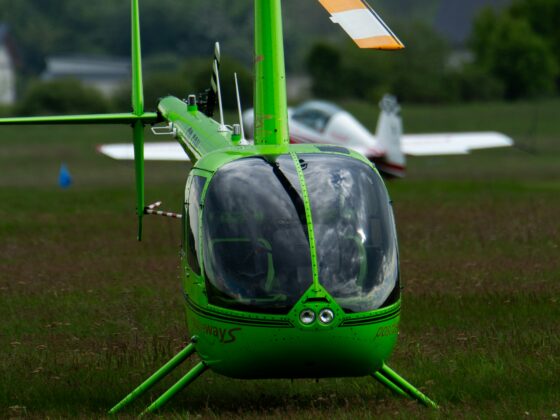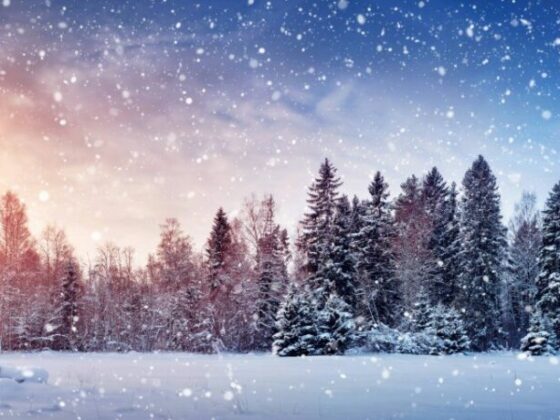Why exclusivity, not inclusivity, is the secret to brand devotion
I often observe my clients—whether they’re legacy brands or venture-backed startups—reach the same fork in the road. The conversation usually goes something like this:
“We’re doing well with our current audience, but what if we expanded to capture these people too?”
“Our competitors are offering X. Should we also start doing that?”
“We could add this feature to appeal to a broader market…”
And just like that, the slow dilution begins. A little compromise here. A small concession there. Suddenly, the sharp edges that once defined your brand become rounded and smooth—rendered forgettable by the relentless pursuit of mass appeal.
I call this the Inclusivity Trap. It’s the seductive belief that the path to growth is paved with universal acceptance. That to truly succeed, you must be for everyone.
Nothing could be further from the truth.
The Power of Specificity
Exclusivity is ultimately about enforcing focus. As you niche down—on what you stand for and who you serve—you ultimately kick your competitors off the ledge. You create a moat that’s difficult to cross because it’s built on deep understanding rather than universal appeal.
This isn’t just theory—it’s observable across categories. Brands that resist the temptation to broaden their appeal often create deeper connections and, paradoxically, achieve more sustainable growth.
Kevin Kelly’s concept of 1,000 True Fans provides a powerful framework here. While his essay targets individual creators, the principles apply to brand strategy. Kelly writes:
“A true fan is defined as a fan that will buy anything you produce. These diehard fans will drive 200 miles to see you sing; they will buy the hardback and paperback and audible versions of your book; they will purchase your next figurine sight unseen… If you have roughly a thousand of true fans like this (also known as super fans), you can make a living—if you are content to make a living but not a fortune.”
I’ve found that the most culturally relevant brands today are those that cultivate this same intensity of devotion. They’re not trying to be lukewarm for everyone; they’re willing to be boiling hot for a specific few. This level of excitement and passion only emerges through specificity and the courage to exclude.
When you examine some of today’s most distinctive brands, you can quickly identify their true fans—the believers who form the core of their audience:
-
Loewe: The intellectual fashion enthusiast who values craft and artful subversion
-
Porsche: The driving purist who the visceral connection between car and driver.
-
Teenage Engineering: Professional musicians and hobbyists who cherish playful design and analog warmth
These brands haven’t just identified demographics—they’ve recognized worldviews. They’ve built their entire experience around the values, frustrations, and aspirations of these core believers. Every decision, from product development to marketing to retail experience, is filtered through the lens of “Would our true fans love this?”
The result? A magnetic pull that attracts not just customers, but evangelists. When Loewe drops a collection, its true believers don’t just purchase—they study it as cultural commentary. When Porsche launches a new 911 variant, enthusiasts don’t just admire it—they debate its faithfulness to the brand’s heritage.
Your core fan and their worldview should be the ultimate filter for every brand decision. When faced with a choice between broader appeal and deeper resonance with your true believers, the latter almost always creates more lasting value.
Uncovering Your Audience’s Worldview
Seth Godin brilliantly articulates the concept of worldviews—the lens through which people interpret everything around them. To build a truly resonant brand, you need to understand the worldview of your true fans at a visceral level.
Here’s a quick exercise to uncover the worldview of your core audience:
-
What do they believe that others don’t?
Is there a conviction they hold that might seem strange or unnecessary to outsiders?
-
What frustrates them about your category?
What do they roll their eyes at when they see competitors do it?
-
What signals do they use to identify “their people”?
Brands, references, language, or aesthetics that act as shorthand for belonging?
-
What’s their relationship with expertise?
Do they trust authorities or question the establishment? Do they value insider knowledge or accessibility?
-
What’s their relationship with time?
Are they nostalgic? Future-focused? Living in the moment? How does this shape their choices?
Consider Rick Owens, whose fashion has built a dedicated following over decades. His audience believes in finding beauty in unconventional forms and rejects mainstream fashion’s cyclical trends. They’re frustrated by the industry’s increasingly commercial approach and value authenticity over accessibility. They identify each other through distinct silhouettes and a primarily monochromatic palette. They respect craftsmanship but question traditional fashion authority, and they view clothing as timeless rather than seasonal.
That’s a worldview—not just a demographic profile. Owens’ consistent vision and unwillingness to chase broader appeal strengthens his position rather than limiting it.
True fans don’t emerge from generic offerings aimed at everyone. They come from specific, sometimes polarizing choices that speak directly to a shared worldview.
The Strategic Exclusion Framework
So how do you implement strategic exclusion? Here’s a simple framework:
-
Identify your believers
Who already loves what you do? What unites them beyond demographics? What worldview do they share?
-
Amplify your edges
What aspects of your brand or product would some people absolutely hate—but your believers would love even more? Those points of tension are gold.
-
Make exclusionary choices visible
Don’t hide your limitations; showcase them. “We don’t do X because we believe Y” is a powerful statement.
-
Create friction for non-believers
Actively discourage those who don’t share your worldview from engaging. It sounds counterintuitive, but it strengthens your connection with true fans.
-
Reward the faithful
Create experiences, products, or content that only your true believers would fully appreciate.
The Paradox of Growth Through Exclusion
Here’s the beautiful paradox: strategic exclusion doesn’t limit growth—it enables it.
By creating something specific enough to elicit strong positive reactions from some people (and negative reactions from others), you create the conditions for organic spread. People share things that have a clear point of view. They recommend brands that help them express their identity. They become evangelists for experiences that reflect their worldview.
Mass appeal, by contrast, rarely inspires passion. And without passion, you’re just another commodity competing on price and convenience—a race to the bottom.
So the next time you’re in that brand meeting and someone suggests broadening your appeal to capture more customers, ask yourself: would we gain more by focusing even more narrowly on delighting our true fans? Would we grow faster by being uncompromising about who we’re for—and by extension, who we’re not for?
In a world drowning in sameness, the courage to exclude might be your most powerful differentiator.
What group are you willing to disappoint to truly delight your core audience?









